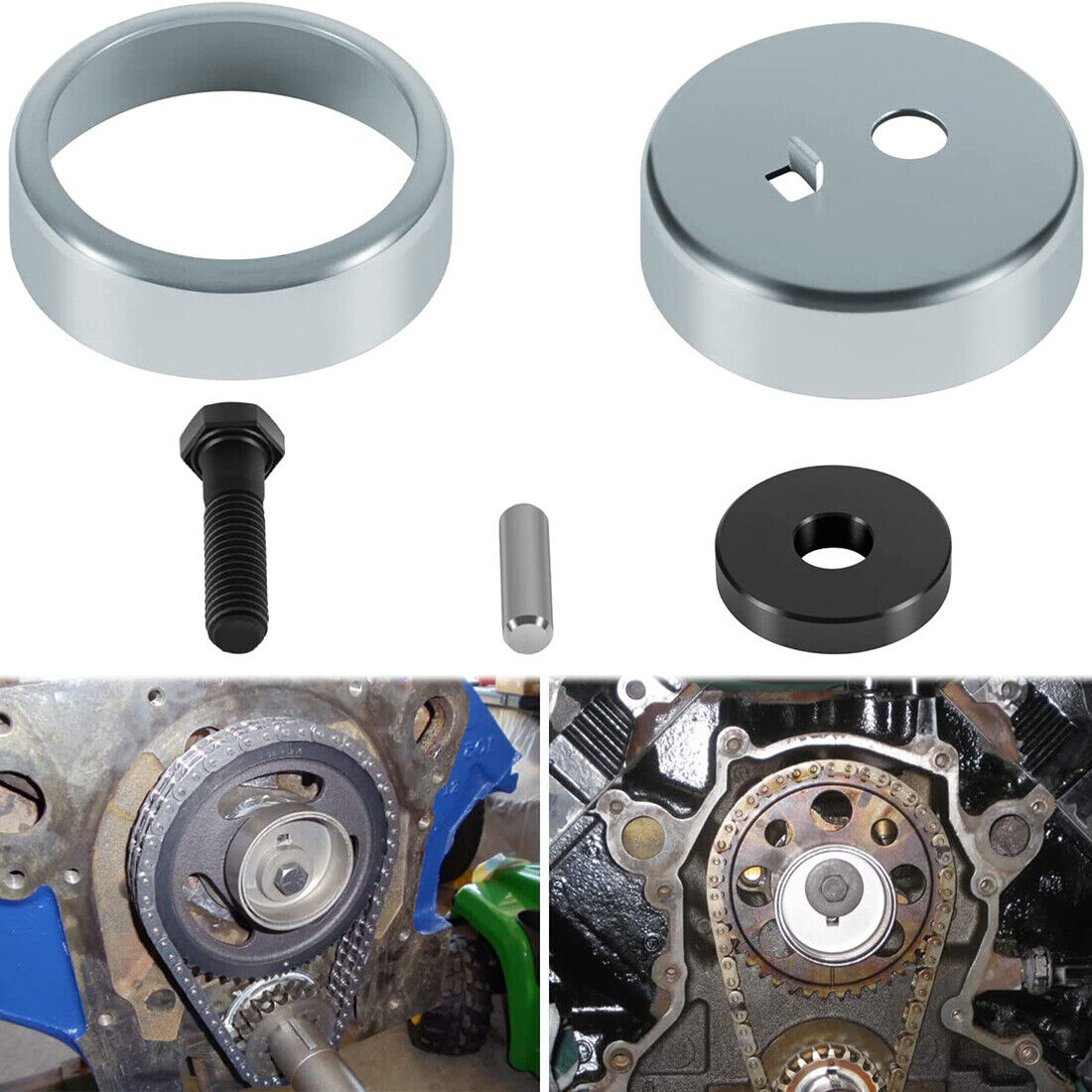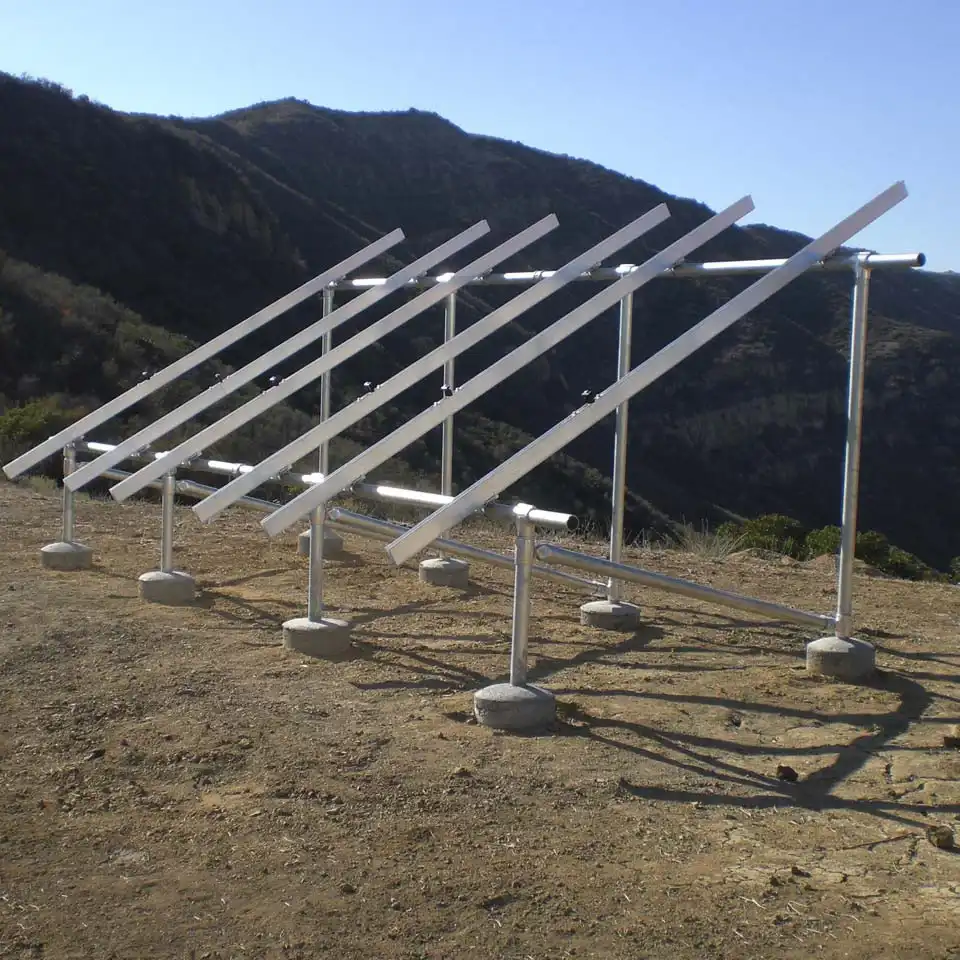Mechanical fuel pumps play a crucial role in the efficient operation of internal combustion engines. These devices are responsible for delivering fuel from the fuel tank to the engine at the correct pressure. Understanding how mechanical fuel pumps regulate pressure is essential for maintaining optimal engine performance. In this blog post, we will delve into the intricate mechanisms behind these pumps and explore the factors that contribute to their pressure regulation capabilities.
- The Basics of Mechanical Fuel Pumps:
Mechanical fuel pumps are typically driven by the engine's camshaft or a separate eccentric shaft. They consist of several key components, including a diaphragm, inlet valve, outlet valve, and a spring. The diaphragm acts as a flexible barrier between the fuel chamber and the pumping chamber, while the inlet and outlet valves control the flow of fuel. The spring provides the necessary force for maintaining pressure. - Pressure Regulation Mechanisms:
Mechanical fuel pumps employ various mechanisms to regulate pressure effectively. One such mechanism is the use of a pressure relief valve. This valve opens when the fuel pressure exceeds a predetermined limit, allowing excess fuel to bypass back to the fuel tank. By doing so, the pressure relief valve prevents over-pressurization and safeguards the fuel system. - Vacuum and Pressure Pulses:
Another crucial aspect of pressure regulation in mechanical fuel pumps is the utilization of vacuum and pressure pulses. As the engine's camshaft or eccentric shaft rotates, it creates a pulsating motion that alternately generates vacuum and pressure in the pumping chamber. These pulses help in drawing fuel from the tank and pushing it towards the engine. The rate and timing of these pulses are carefully calibrated to maintain the desired fuel pressure. - Fuel Pump Diaphragm Design:
The design of the fuel pump diaphragm also plays a significant role in pressure regulation. Diaphragms are typically made of rubber or a similar flexible material. The thickness and stiffness of the diaphragm determine the amount of pressure it can withstand. Manufacturers carefully engineer diaphragms to ensure optimal performance and longevity under varying operating conditions. - Factors Affecting Pressure Regulation:
Several factors can influence the pressure regulation capabilities of mechanical fuel pumps. These include engine speed, fuel viscosity, temperature, and altitude. Engine speed affects the frequency and intensity of vacuum and pressure pulses, while fuel viscosity and temperature impact the flow characteristics of the fuel. Altitude, on the other hand, affects the density of the air, which indirectly influences the pressure requirements.
Conclusion:
Mechanical fuel pumps are intricate devices that rely on precise mechanisms to regulate fuel pressure effectively. Understanding the inner workings of these pumps is crucial for maintaining engine performance and efficiency. By incorporating pressure relief valves, utilizing vacuum and pressure pulses, and optimizing diaphragm design, mechanical fuel pumps can reliably deliver fuel at the required pressure. As automotive technology continues to evolve, so too will the advancements in mechanical fuel pump design, ensuring efficient and reliable fuel delivery for internal combustion engines.



